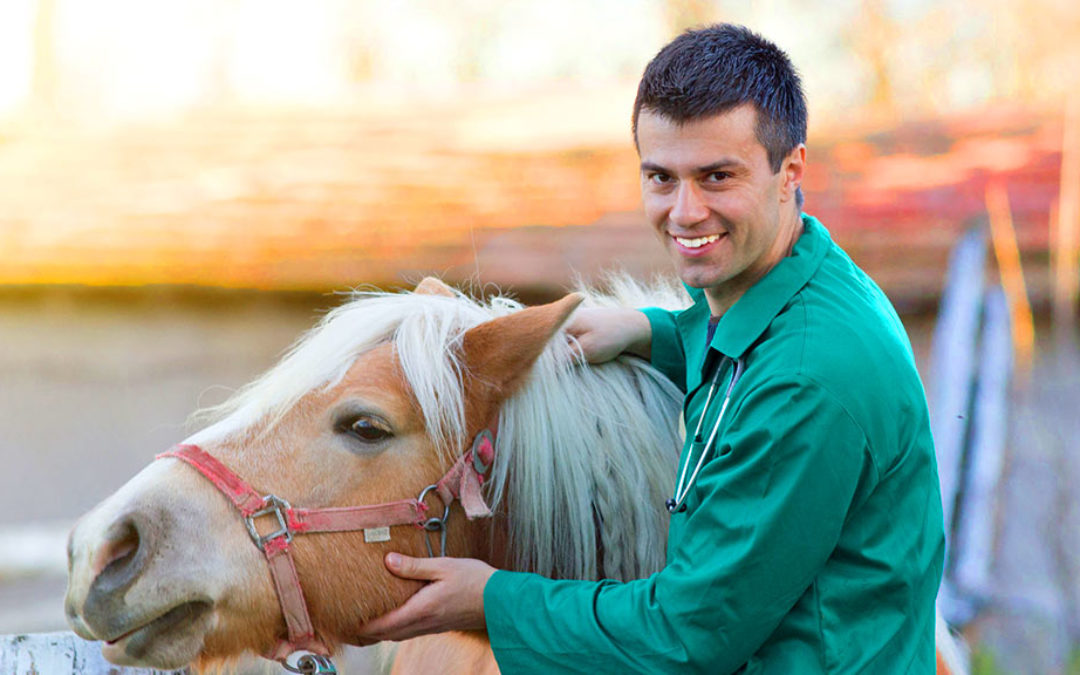Pet humanization trends, an increase in advanced veterinary care services, and corporate competition are driving salaries for veterinarians to record highs as demand for veterinarians outweighs the supply in some parts of the U.S.
U.S. Veterinarian Jobs Expected To Grow 19%
U.S. veterinary jobs are projected to grow by 19% over the next ten years, 14% higher than the average growth rate for other jobs. Compounding the demand, many veterinarians are unwilling to work the long hours that older generational veterinarians once clocked.
Factors Contributing To The Demand For U.S. Veterinarians
- Pet owners are willing to spend more on healthcare for their pets; veterinary expenditure is projected to be up 10.9% in 2019 over 2017.
- Companies like Walmart are entering the market with low cost veterinary services, products and diagnostics.
- In some areas, appointment times have increased as pet owners demand more value from their visit, and more services are provided to pets during their appointment.
- More veterinarians are choosing to work part time.
- As veterinary care advances, the amount of services that are offered to clients increases, as does the number of vets required to do the work.
- Increased penetration of pet insurance
- Pets are living longer
Salaries for U.S. Veterinarians Up 7-15%
U.S. veterinary salary offers are 7% higher than what they were 10 years ago. Regionally that number is up 15% or higher. It is also not uncommon for veterinary practices to offer veterinarians an array of attractive bonuses to start work.
- Sign on bonuses of $10,000-$40,000 U.S. dollars
- Moving expenses
- Expanded continuing education opportunities
- Solid healthcare and retirement benefits
- Agreeable work schedules of 36-40 hours per week
Most of the veterinary positions that are open in the U.S. are for companion animal practices, but there is also a fairly high demand for food animal and urgent care veterinarians.
Job Responsibilities of U.S. General Practice Veterinarians
There are specific, rigid requirements for working as a veterinarian in the U.S. Please refer to the American Veterinary Medical Association’s page on the topic. Foreign veterinarians who meet the requirements and who are looking for positions as interns, externs or veterinarians in companion animal veterinary practices in the U.S., please use the form located at the end of this article for more information. We currently have positions open throughout the U.S.
In addition to meeting the educational and legal requirements for employment in the U.S., companion animal veterinary candidates should also be able to:
- Provide pet owners compassionate, trustworthy pet health recommendations;
- Diagnose and treat patients in an outpatient setting during appointment times lasting 20-30 minutes each;
- Leverage veterinary technicians and assistants to assist with caseload and to ensure quality care and client service;
- Perform common soft tissue surgeries like spays, neuters, growth removals and laceration repairs;
- Educate clients on the value of pet oral health and provide oversight to licensed technicians performing dental prophylaxis;
- Keep accurate, legible medical records;
- Contribute to a positive, respectful workplace culture;
- Assist the practice with supporting and promoting its reputation and brand image.
Salaries For U.S. Veterinarians
Salaries for recently graduated veterinarians are typically in the $90,000-100,000 range on the East and West Coasts of the U.S. as well as in the major cities like Chicago, Dallas, and Atlanta. More experienced veterinarians are typically offered $110,000-120,000 to start, but most veterinarians working in urban areas of the U.S. earn $120,000-150,000 annually.
The Best-Paying States For Veterinarians Are*:
Hawaii- $198,000
District of Columbia- $125,000
New Jersey- $125,000
New York- $123,000
Nevada- $121,000
- Data from U.S. News and World Report and includes data through 2016.
Interested In Finding Employment As A U.S. Veterinarian?
“To practice as a veterinarian in the United States, you must have either 1) graduated from an AVMA Council on Education (COE)-accredited school (please refer to our list of accredited veterinary colleges for the names of accredited schools); or 2) successfully completed an educational equivalency certification program such as that administered by the AVMA’s Educational Commission for Foreign Veterinary Graduates (ECFVG).” AVMA.org
Veterinarians working in the U.S. must be U.S. citizens or have a work visa. Foreign veterinarians hoping to be sponsored by a U.S. veterinarian should engage in a dialogue with a U.S. veterinarian interested in hiring and then work out the details for how sponsorship for a working visa might play out.





